For millions of Americans, Walmart is the go-to spot for everything from budget-friendly produce to last-minute dinner fixings. Its wide aisles, low prices, and massive selection have made it a beloved one-stop shop for decades. But even longtime shoppers admit—navigating Walmart’s grocery section can sometimes feel like walking a financial tightrope. Beneath those rollback signs and giant end-cap displays lie pitfalls that could quietly drain your wallet or leave you with lackluster purchases you regret bringing home.
Seasoned Walmart shoppers have learned to spot the warning signs—those subtle red flags that signal a product might not be worth the price or that a “deal” is anything but. From inconsistent produce quality and surprisingly high prices on organic items to tricky price tag placements and questionable meat freshness, these insider tips could save you time, money, and a whole lot of buyer’s remorse. And it’s not just about what’s in your cart—issues with staffing, cleanliness, and even parking lot safety can turn a routine grocery trip into a frustrating ordeal.
If you’ve ever left Walmart wondering why your grocery bill was higher than expected or why that pre-packed meal tasted like a sad afterthought, you’re not alone. These are the types of small oversights that can add up fast—and they’re exactly what veteran Walmart shoppers have learned to avoid.
Whether you’re a die-hard Walmart regular or a casual weekend visitor, it pays to know what to watch out for. We’ve rounded up 14 grocery store red flags that customers say you shouldn’t ignore. Some are subtle, others are eye-opening—but all of them could impact your next trip in ways you didn’t expect. Before your next grocery run, make sure you’re shopping smarter, not just cheaper.
1. Overpriced Organic Produce

Surprisingly, Walmart’s organic fruits and vegetables often carry a heftier price tag than specialty stores like Whole Foods. Many shoppers assume Walmart automatically means savings, but this isn’t always true for health-conscious items.
Regular price comparisons reveal organic apples, kale, and berries frequently cost 10-15% more than at competitors. The markup happens because Walmart’s organic supply chain isn’t as efficient as their conventional one.
Smart shoppers should compare prices using grocery apps before assuming Walmart offers the best deal on organics. Your healthy eating habits shouldn’t come with an unnecessary premium.
2. Inconsistent Produce Quality
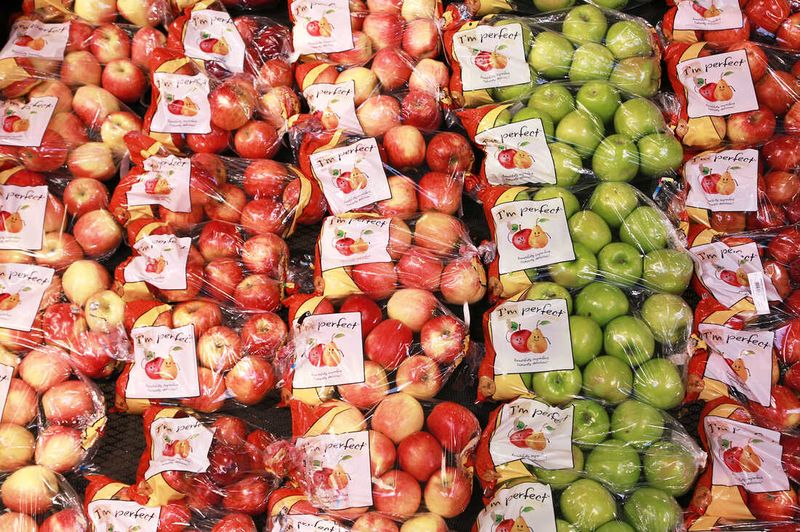
Ever picked up a beautiful apple only to find the other side completely bruised? Walmart’s produce sections often display this frustrating inconsistency. Shoppers report finding perfectly ripe bananas mixed with nearly black ones in the same bunch.
The issue stems from high-volume turnover and sometimes rushed stocking practices. Staff might not have enough time to properly rotate produce, leaving older items buried beneath fresher ones.
Protect yourself by thoroughly examining fruits and vegetables before purchasing. Don’t hesitate to dig through the display to find the freshest options – a few extra seconds could save you from throwing money in the trash later.
3. Price Discrepancies at Checkout
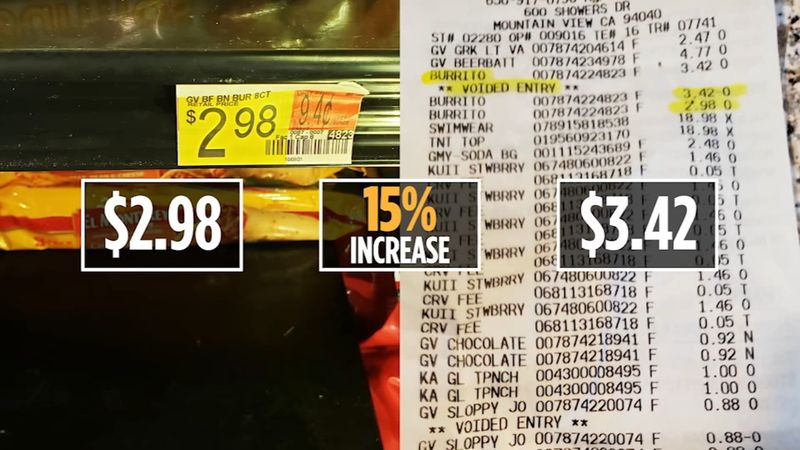
You spot a great deal on pasta sauce for $1.98, but at checkout, it rings up as $2.50. This scenario happens frequently enough that regular Walmart shoppers have learned to watch the register like hawks.
These discrepancies occur because shelf tags don’t always get updated when prices change in the system. Sometimes sales end but the promotional tags remain, creating confusion and unexpected costs.
Always take a mental note of prices for key items or snap quick photos of shelf tags with your phone. If something rings up incorrectly, speak up immediately – Walmart’s policy typically honors the displayed price when pointed out.
4. Questionable Meat Freshness
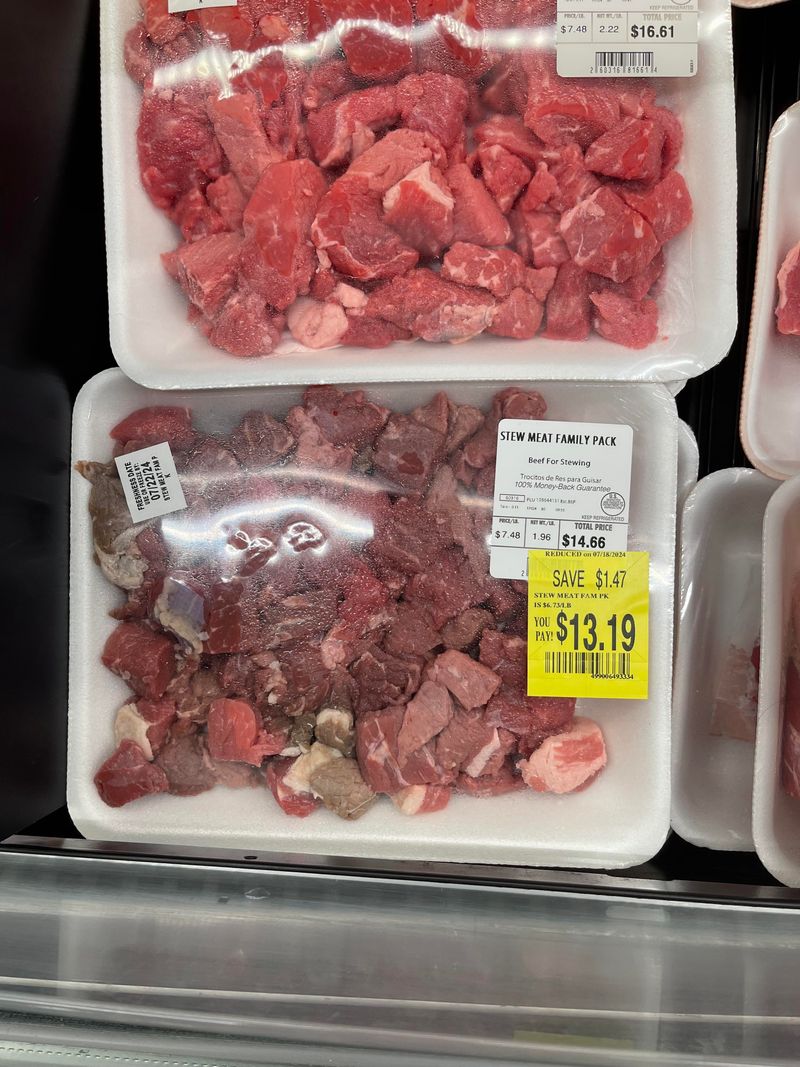
The meat department can be a gamble at some Walmart locations. Shoppers report finding packages with condensation inside the wrapping – a telltale sign of temperature fluctuations that compromise freshness.
Another red flag is meat with an unusually bright red color, which might indicate treatment with carbon monoxide to maintain appearance despite age. Pay attention to packaging dates and trust your nose – even through plastic, truly fresh meat shouldn’t have a strong odor.
Consider visiting the meat counter earlier in the day when freshly stocked items are more likely available. For important meals or gatherings, it might be worth paying slightly more at a dedicated butcher shop.
5. Frozen Food Quality Issues

Freezer burn plagues many Walmart frozen foods, leaving ice crystals on everything from vegetables to TV dinners. This isn’t just a cosmetic issue – it drastically affects taste and texture.
The problem often stems from temperature fluctuations during transport or in-store freezer maintenance problems. Some shoppers report finding partially thawed items that have clearly been refrozen, especially in older store locations.
Before placing frozen items in your cart, check packages for signs of damage or previous thawing. Avoid packages with excessive ice or frost inside, and choose boxes from the middle or back of the freezer where temperature remains more consistent.
6. Disappointing Pre-Made Foods
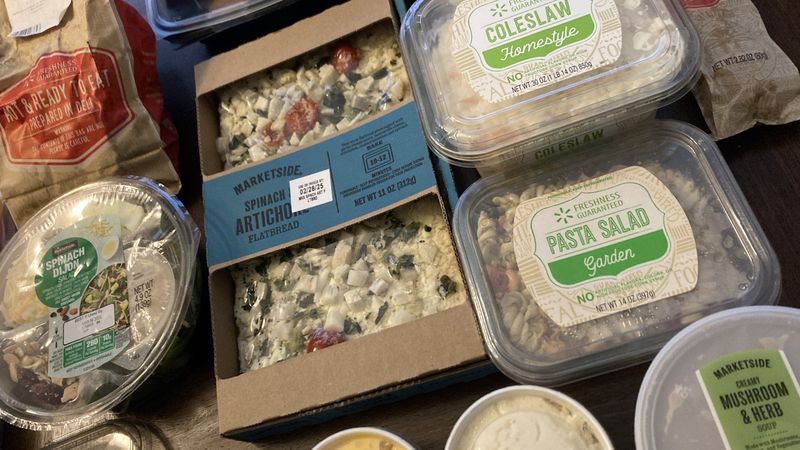
Grabbing a rotisserie chicken or pre-made sandwich might seem convenient, but many Walmart shoppers report underwhelming experiences. The deli section’s prepared foods often sit under heat lamps longer than optimal, resulting in dry, flavorless options.
Pre-made salads frequently contain wilted greens by mid-afternoon, while pasta salads and cold items may taste noticeably less fresh than competitors’ offerings. The issue comes down to Walmart’s focus on quantity over quality in many prepared food categories.
If convenience is crucial, try shopping earlier in the day when items are freshly made. Alternatively, consider spending those dollars at a dedicated deli where quality standards might be higher.
7. Misleading Price Tags
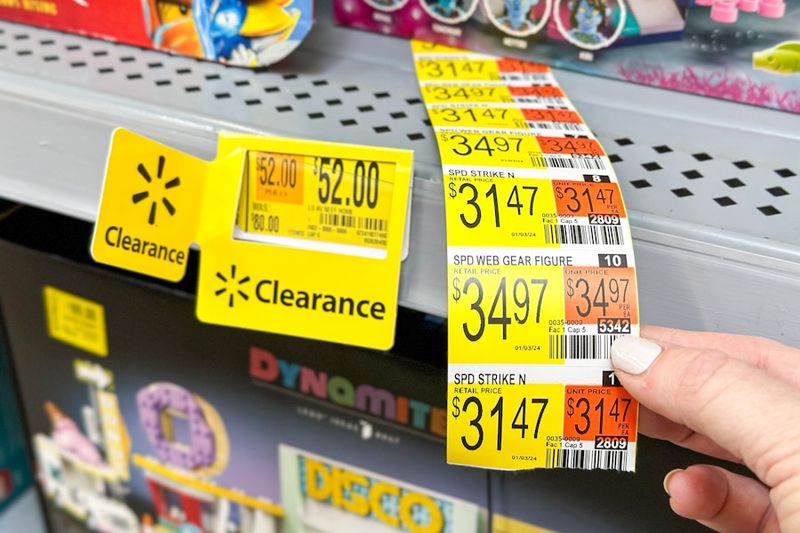
Yellow clearance tags catch your eye, promising big savings, but careful shoppers know to double-check these “deals.” Sometimes the original price is inflated to make the discount appear more impressive than it actually is.
Another common issue involves “rollback” prices that aren’t actually lower than competitors’ regular prices. Many shoppers assume these special tags automatically mean savings without comparing to other stores.
Arm yourself with a grocery price comparison app to verify whether deals are genuine. Pay special attention to unit prices (cost per ounce/pound) rather than package prices, as packaging sizes sometimes shrink while prices stay the same.
8. Limited Selection of Specialty Items
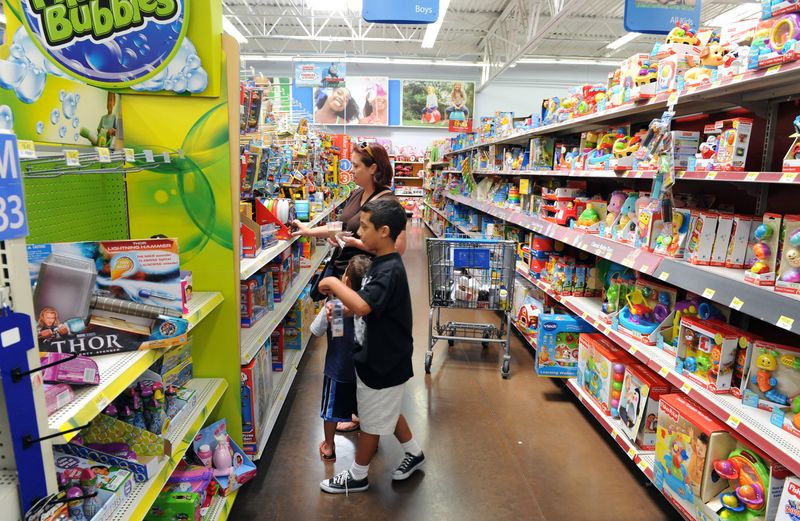
Ethnic food enthusiasts often leave Walmart disappointed. While the store stocks basics like soy sauce and taco seasoning, truly authentic international ingredients remain elusive at most locations.
Health-specific items also suffer from limited variety. Gluten-free, keto, or allergen-free products typically occupy just a small section with fewer options than dedicated health food stores. Even when specialty items are available, they’re frequently more expensive than at stores specializing in these categories.
Consider splitting your shopping between Walmart for basics and specialized stores for unique ingredients. Many shoppers find this hybrid approach maximizes both savings and satisfaction, especially for special dietary needs or cultural cooking.
9. Store Layout Changes

Regular Walmart shoppers know the frustration of walking in with a mental map only to find everything rearranged. The store’s frequent layout changes force customers to wander aisles searching for items that moved without notice.
These changes aren’t random – they’re strategic decisions designed to expose shoppers to more products. Unfortunately, they also extend shopping time and increase the likelihood of impulse purchases when you’re frantically searching for basics.
Combat this tactic by using the Walmart app, which can pinpoint exact aisle locations in your specific store. Alternatively, don’t hesitate to ask employees where items have moved – it’s faster than searching and helps you avoid unnecessary purchases.
10. Long Checkout Lines
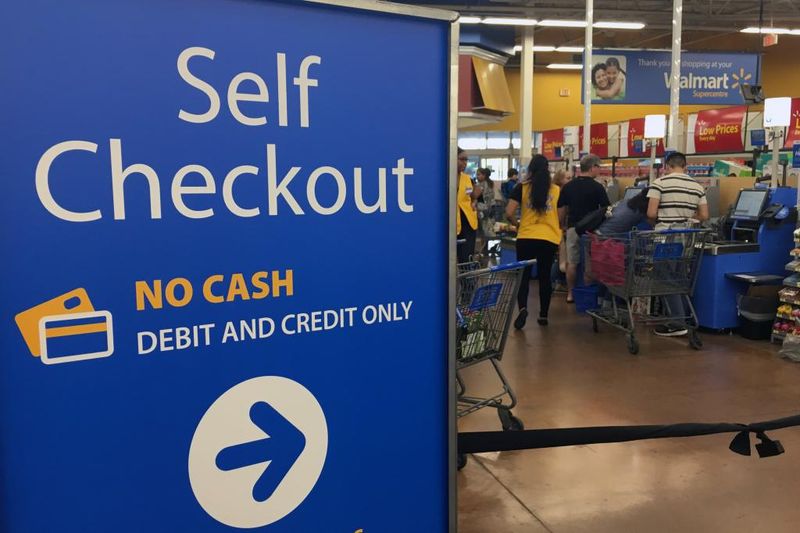
Nothing kills shopping momentum like staring down a 20-minute wait at checkout. Despite being a retail giant, Walmart consistently struggles with staffing enough registers during peak hours.
The self-checkout area offers little relief, often plagued by technical issues and “unexpected item in bagging area” delays. Many locations have actually reduced traditional checkout lanes in favor of self-service options, creating bottlenecks during busy periods.
Shop during off-peak hours whenever possible – Tuesday and Wednesday mornings typically see the shortest lines. The Walmart app’s “Scan & Go” feature also allows you to scan items as you shop in some locations, potentially bypassing lines altogether.
11. Inadequate Staffing

Finding help at Walmart often feels like a treasure hunt. The store’s cost-cutting approach to staffing leaves many departments without dedicated employees, particularly during evening hours and weekends.
Customers needing assistance with heavy items, product information, or even basic directions frequently report wandering aisles in search of someone – anyone – wearing a blue vest. This problem particularly affects specialty departments like electronics, where product knowledge is essential.
When planning purchases that might require assistance, shop during weekday mornings when staffing levels tend to be higher. For complex questions, the Walmart app sometimes provides more reliable information than the hunt for an available employee.
12. Product Availability Issues
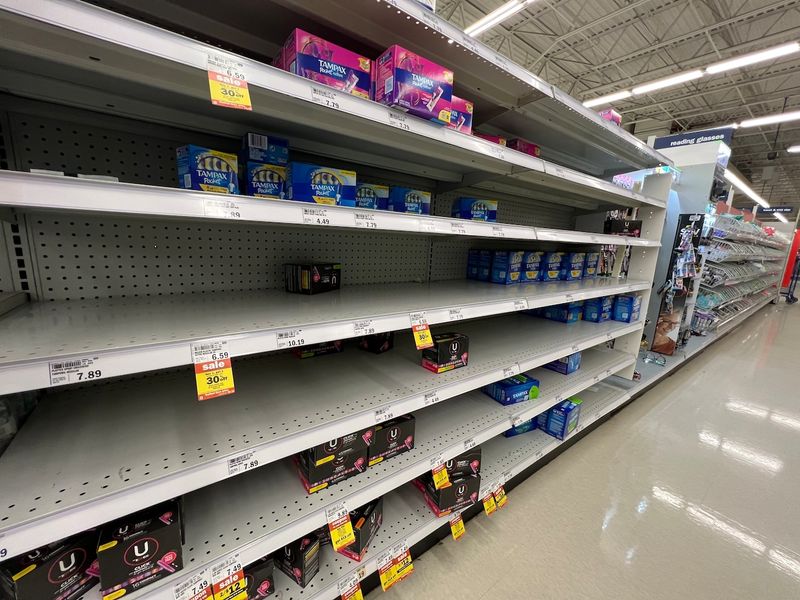
Empty shelves have become increasingly common at Walmart stores nationwide. Basic staples like chicken, paper goods, and popular cereal brands frequently disappear for days or weeks at a time, forcing customers to make additional stops elsewhere.
While some blame recent supply chain disruptions, regular shoppers note this problem predates pandemic issues. Walmart’s just-in-time inventory system works efficiently for steady sellers but struggles to adapt to sudden demand changes or supplier hiccups.
The Walmart app shows real-time inventory for many items, making it worth checking before driving to the store for specific needs. For essential items, consider keeping a modest backup supply at home rather than relying on immediate availability.
13. Cleanliness Concerns
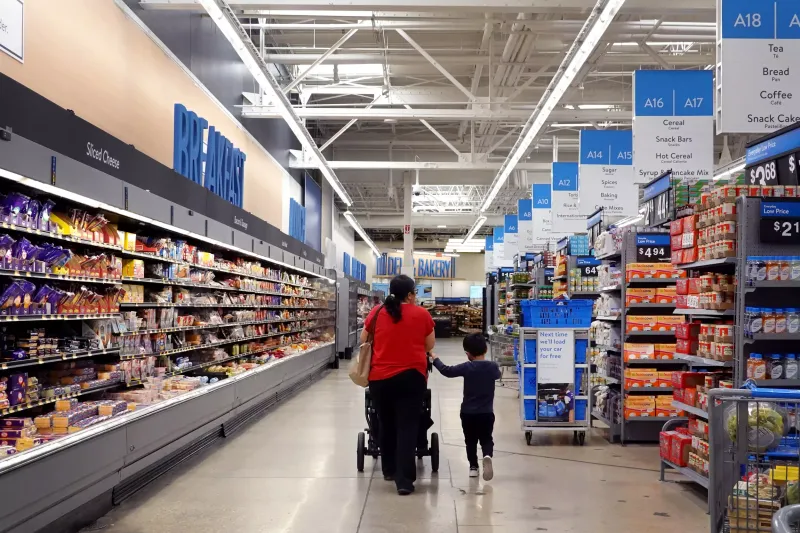
Sticky floors and questionable cart hygiene greet many Walmart shoppers, especially at older or busier locations. Customers report finding spilled products left unattended for hours, particularly in high-traffic areas like the dairy section.
Restroom conditions often fall below expectations, with some shoppers planning their trips around avoiding these facilities entirely. Even food preparation areas sometimes raise eyebrows, with deli counters and bakery sections occasionally showing signs of insufficient cleaning.
Bring sanitizing wipes for cart handles as a basic precaution. When possible, choose newer Walmart locations which typically maintain higher cleanliness standards and have more modern facilities designed with hygiene in mind.
14. Parking Lot Safety

Dimly lit parking areas create unnecessary risk at many Walmart locations, especially for shoppers visiting during early morning or evening hours. Security cameras exist but often cover only store entrances rather than the entire lot.
Cart return areas frequently become obstacles after dark, with abandoned carts creating hazards for both pedestrians and vehicles. Some shoppers report feeling vulnerable when walking to their cars with purchases, particularly at 24-hour locations during overnight hours.
Park in well-lit areas near the front whenever possible, even if it means walking slightly further. Consider shopping with a friend during off-hours, and use the store’s security escort service if available – many locations offer this but don’t advertise it prominently.
Leave a comment